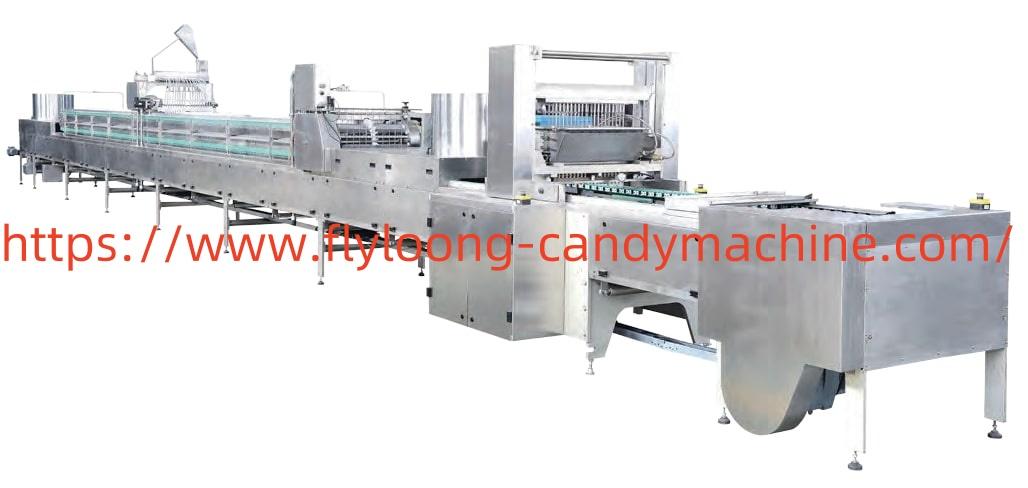Top Threading Insert Types Every Professional Machinist Should Use
Essential Threading Insert Types Every Machinist Must Know
Today, producing reliable, accurate threads is a fundamental requirement for nearly every industry, from automotive components to precision engineering tools, in modern machining. Depending on the job, using the correct threading insert is often a better way to increment accuracy, reduce effort, and prolong tool life than employing threading operations in general. But the different machining jobs require different threading profiles, materials, and ultimately feed and speeds—this involves understanding your threading inserts to obtain clean, consistent results.
A threading insert is designed to be rigid enough to handle high cutting forces while holding the tool geometry accurately. Depending on the part, the machinists use the threading insert for external or internal threading. The selection of the correct insert is important beyond the thread shape; it affects surface finish, tool wear, cycle time, and production as a whole. Once you know which threading insert serves a particular purpose, threading becomes easier for the entire process.
Why Insert Types Matter
The threading insert is made with sharp edges, stable geometry, and tough carbide grades for tough applications in machining. Usually, if the insert does not perfectly match the thread profile, poor finishes, distortion, and loads to the tool will occur when cutting threads. Due to this, machinists depend on an insert type that matches well to keep consistent performances, especially with metals such as stainless steel, alloy steel, or aluminum.
Even with other inserts designed for precision, some inserts may be designed to provide flexible usage and longer overall tool life. It is critical to know which type you need for your job.
1. Full Profile Threading Inserts
A full profile insert is designed to cut the entire crest and root of a thread in a single pass. It ensures that every thread formed has a complete, uniform profile. Because it finishes the crest accurately, it helps achieve the correct pitch diameter and surface finish.
Full profile inserts eliminate the need for extra finishing passes and are ideal for high-volume production where thread consistency is crucial.
2. Partial Profile Inserts
A partial profile insert can cut a range of thread pitches with one insert. It does not finish the crest, which makes it more versatile for multi-pitch jobs. For small workshops or machinists handling varied threading requirements, partial profile inserts save both time and cost.
They are best suited for custom part production, prototypes, or occasional threading tasks.
3. Internal Thread Inserts
Internal threading requires stability, rigidity, and the right geometry. An internal insert is designed to cut threads inside a bore using a boring-bar-style holder. These inserts must withstand vibration and limited chip space.
They provide better control over depth and angle, making them essential for threaded holes used in mechanical assemblies.
4. External Thread Inserts
External threads require an insert that can handle more cutting force and maintain balance even at high speeds. An external threading insert is optimized for shafts, rods, pipes, and other cylindrical components.
These inserts reduce the chances of chatter, deliver smooth threads, and maintain superior surface finish even during long machining cycles.
5. Multi-Tooth Threading Inserts
A multi-tooth insert is equipped with more than one cutting edge, allowing multiple thread passes to occur simultaneously. This significantly improves cycle time, making it well-suited for mass production environments.
Multi-tooth inserts also distribute cutting load evenly, reducing heat and insert wear.
Role of a Thread Inserts Tool
The performance of a thread inserts tool is just as important as the insert itself. A rigid, high-precision thread inserts tool ensures that the insert remains stable during cutting, reducing deflection, chatter, and dimensional errors. Proper toolholding also improves insert life by minimizing uneven wear.
When machinists pair the correct insert with the correct toolholder, they get smoother threads, better finishes, and reduced scrap.
Importance of CNC Threading Insert Technology
Modern machining heavily depends on automated systems, and the cnc threading insert is designed to perform flawlessly in computer-controlled operations. A cnc insert ensures accurate thread geometry even at higher speeds and during repetitive cycles.
These inserts offer optimized chip control, better heat resistance, and consistent performance during long production runs, making them ideal for high-precision manufacturing.
Understanding Threading Inserts for Different Materials
Using the right inserts for specific materials is crucial. Steel, stainless steel, aluminum, and brass all respond differently during cutting. With the right \inserts, machinists can prevent built-up edge, minimize friction, and achieve a perfect thread finish.
Choosing mismatched inserts can lead to rough edges, broken threads, or premature tool failure.
Factors to Consider When Choosing Threading Inserts
Choosing the correct insert involves considering several factors:
-
Thread Type: Internal, external, fine-pitch, coarse-pitch, metric, or imperial.
-
Material Hardness: Harder materials require heat-resistant carbide grades.
-
Insert Coating: TiN, TiAlN, and CVD coatings help reduce heat and wear.
-
Machine Stability: Rigid setups allow for faster, smoother cuts.
-
Chip Breaker Design: Good chip control prevents scratches and part damage.
-
Cutting Speed & Feed: Proper settings reduce both heat and tool stress.
By understanding these details, machinists can match insert characteristics with job requirements and achieve better output.
Conclusion
Threading involves precision, and by selecting the suitable threading insert, the process becomes more efficient, accurate, and consistent. Each insert type - full profile, partial profile, internal, external, or multi-tooth - serves its purpose and has specific advantages. Machinists that understand insert types can easily optimize their operations, enhance surface quality, and increase tool life. Commercial suppliers such as Jaibros have several tool options available, making it easier for machinists to find inserts applicable to numerous applications. With comprehension of threading, right tools, and techniques, threading is an easier and more predictable machining function.
FAQs
1. Which insert type is best for high-volume thread production?
Multi-tooth inserts are ideal because they reduce cycle time and improve efficiency.
2. Are partial profile inserts suitable for precision work?
They are versatile, but full profile inserts are better for high-accuracy threads.
3. Why is internal threading more challenging?
Limited space, vibration, and chip evacuation make internal threading more demanding.
4. Do coatings affect insert performance?
Yes, coatings enhance heat resistance, reduce friction, and extend tool life.
5. How do I choose the right insert for different materials?
Match carbide grade and geometry with the material’s hardness and cutting behavior.






